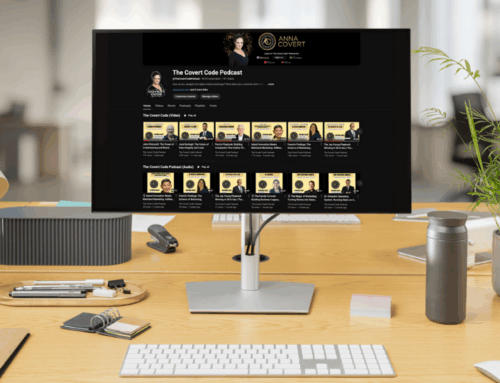
HOW SOCIAL MEDIA WARNING LABELS COULD UPEND DIGITAL ADVERTISING—MARKETING EXPERTS REACT
Original Article Posted June 28th, 2024
by Asa Hiken
Digital advertisers could be forced to adjust their social media strategies after the U.S. surgeon general proposed a new policy that would dramatically alter how young people interact with social platforms.
In an opinion piece published last week in The New York Times, Dr. Vivek Murthy did not mince words about his suggested action: “It is time to require a surgeon general’s warning label on social media platforms, stating that social media is associated with significant mental health harms for adolescents,” he wrote.
The probability that such a warning will be implemented is unclear, for it requires congressional action to become law. Should a label be brought to social media, it would likely cause a decrease in time spent on platforms by young people, according to preliminary research cited by Murthy. This could feasibly reduce brands’ engagement with Gen Z and Gen Alpha audiences. But marketers may find upsides too, such as by sharpening their influencer deals and benefiting from a healthier ecosystem, experts told AdAge.
Murthy’s call to action comes amid continued scrutiny of social media platforms over their negative effects on mental health, particularly for young people. Brands have struggled to navigate the issue of online content, sometimes defending the platforms and other times opting to leave them.
A significant decrease in social media usage could prompt certain brands to downsize their social media strategies, said Anna Covert, co-founder of digital marketing firm Covert Communications. These would most likely be marketers whose revenue does not rely heavily on social media engagement, Covert said. Retailers, however, would stay the course given the role that social platforms play for consumers in discovering products, shopping, and communicating with a brand.
More troubling for marketers is the possibility that labels could be expanded to ads placed in social media environments, Covert said. Murthy did not mention ads in his opinion piece, but such a move has precedent. In 1964, following a publication from the U.S. surgeon general that smoking was harmful, the FTC announced that warning labels would be required on cigarette packaging. Six months later, those labels were expanded to cigarette advertising.
Murthy alluded to the efficacy of these labels on tobacco products in changing user behavior when arguing for similar messaging on social media platforms. Should the labels be brought to ads, Covert warned that brands will have an even harder time engaging with young users, regardless of whether those ads are static placements or videos.
“It’s a major concern because how can you tell your brand message with a tiny bit of space and only 10 seconds?” she said.
Another potential issue depends on how a warning label would be implemented. Katelyn MacKay, CEO of social media management company Planoly, wonders whether users would see a label every time they enter a platform or rather only upon interacting with content deemed harmful. Labeling tools, such as those that attempt to identify AI-generated content, are known to mess up; just this week, photographers accused Meta of doling out AI labels to their real images, per TechCrunch. If marketers’ ads become the object of flagging, confusion could arise.
“Is it only for teens, or everyone? Even the [warning label’s] goal could go a lot of different ways,” MacKay said.
Upsides, too
Despite levying a possible disruption to engagement, a warning label on social media could usher in positive outcomes for advertisers, too.
“I’m hopeful,” said Jen Willig, co-founder and CEO of social impact agency Wrthy. Willig, like Murthy, does not see a label as a cure-all, but rather as a message that could grow awareness of problems on social media and lead to new legislation. Brands would benefit from the outcomes of a healthy ecosystem, Willig said, in which young users would be less fearful of dangers and other chaos that could meet them on various platforms and thus more comfortable to explore.
And should a warning label kickstart congressional action to clean up social media, brands would also have to worry less about harmful content that may appear beside their ads, Willig said. This issue has plagued advertisers on platforms such as X and is becoming an even greater issue as a result of the rise of AI deepfakes that can be difficult to identify as fraudulent.
Covert sees a warning label compelling brands to sharpen their influencer strategies. Her thinking is that if young users end up spending less time on platforms, marketers would need to ensure their outreach is even more effective.
“If there’s less time, then we need to be more strategic about who we pick,” she said.
Social media is a significant driver of wasteful spending on digital advertising; brands lost $140 million in 2023 on Facebook and Instagram alone, according to a report by agency Next&Co. Covert believes the effects of a warning label could help to galvanize brands to take their wastage more seriously.
Lisa Jammal, CEO of Social Intelligence Agency, is also optimistic about a warning label. She thinks it could be a welcome authority amid a score of platform-specific policies, many of which have been criticized for being ineffective. These siloed attempts have also forced advertisers to require a different, and sometimes conflicting, strategy for each platform.
With a universal guideline, “[Marketers] are going to feel like there’s more control,” she said.






